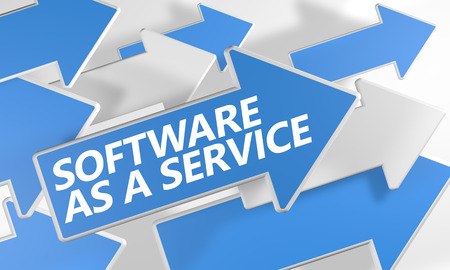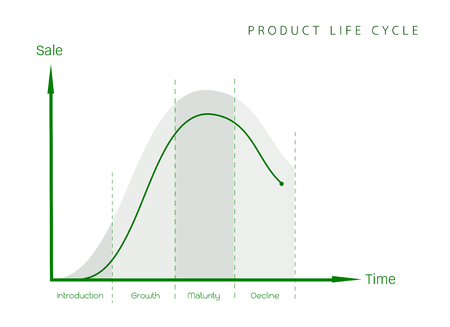Knowing how to value a Saas, Software as a Service, company is essential in a unique and growing industry that requires special considerations when selling. In this post, we draw on our experience and expertise to delve deeper into SaaS valuation. In addition, you can access our Investment analysis of the SaaS sector where we show the main trends and developments in the sector.

In this article you will be able to expand your knowledge on the following contents:
How to value a SaaS company is perhaps one of the most controversial and ambiguous debates among entrepreneurs, investors and small business advisors at the moment. It is common practice to reduce the valuation by applying a multiple to the company's revenues or earnings. However, most financial gurus consider valuation multiples to be of very limited utility due to their wide dispersion.
Pablo Fernández explains that this method should be used as a complement to a discounted cash flow valuation..

Most small businesses valued at less than $ 5 million are estimated using a multiple of the seller's discretionary earnings. SDE is the profit left to the business owner once all costs of goods sold and critical operating expenses have been deducted from gross income and in which any owner's salary can be included for tax efficiency as most small businesses are owner-operated and therefore have a salary and associated expenses.
However, the situation changes as companies grow. In larger companies, there are more employees and more management staff. Similarly, the ownership structure tends to become fragmented with several shareholders typically playing a less active role in the business. In this case, a new earnings before interest, taxes, depreciation and amortisation (EBITDA) benchmark is used.
Measuring revenue growth makes sense for SaaS valuation, but it is very important to keep in mind that this valuation philosophy is based entirely on growth. If the SaaS business is not growing, then the revenue is not there to support the predicted profit in the future. This means that there is considered to be some correlation between sales growth and the multiple applied as we will see in the next section.

The multiple is one of the most important pieces of the equation and is affected by dozens of business-related factors. These factors cover a wide variety of financial, traffic and operational aspects, but ultimately come down to the transferability, sustainability and scalability of the business.
One of the methods we use is known as Earnings-Multiple. In a public company, this tends to manifest itself as P/E, EV/EBITDA and EV/Sales multiples or other iterations of these core metrics.
In the world of internet business, investors have increasingly turned to the multiple basis methodology because of its simplicity in the face of limited financial or comparable data. This method stipulates that the purchaser must arrive at a valuation by multiplying the seller's discretionary cash flow (SDC) by a multiple that is appropriate for the business. However, as mentioned above, the variability of multiples limits the applicability of this method and may require third party support.
In addition to the SaaS metrics mentioned above, there are other important factors to be taken into account in the valuation process.

In conclusion, we can say that Saas models provide greater predictability to future flows in general based on a high recurrence. Therefore, the market tends to apply the multiples method because of its simplicity, forgetting its high dispersion.